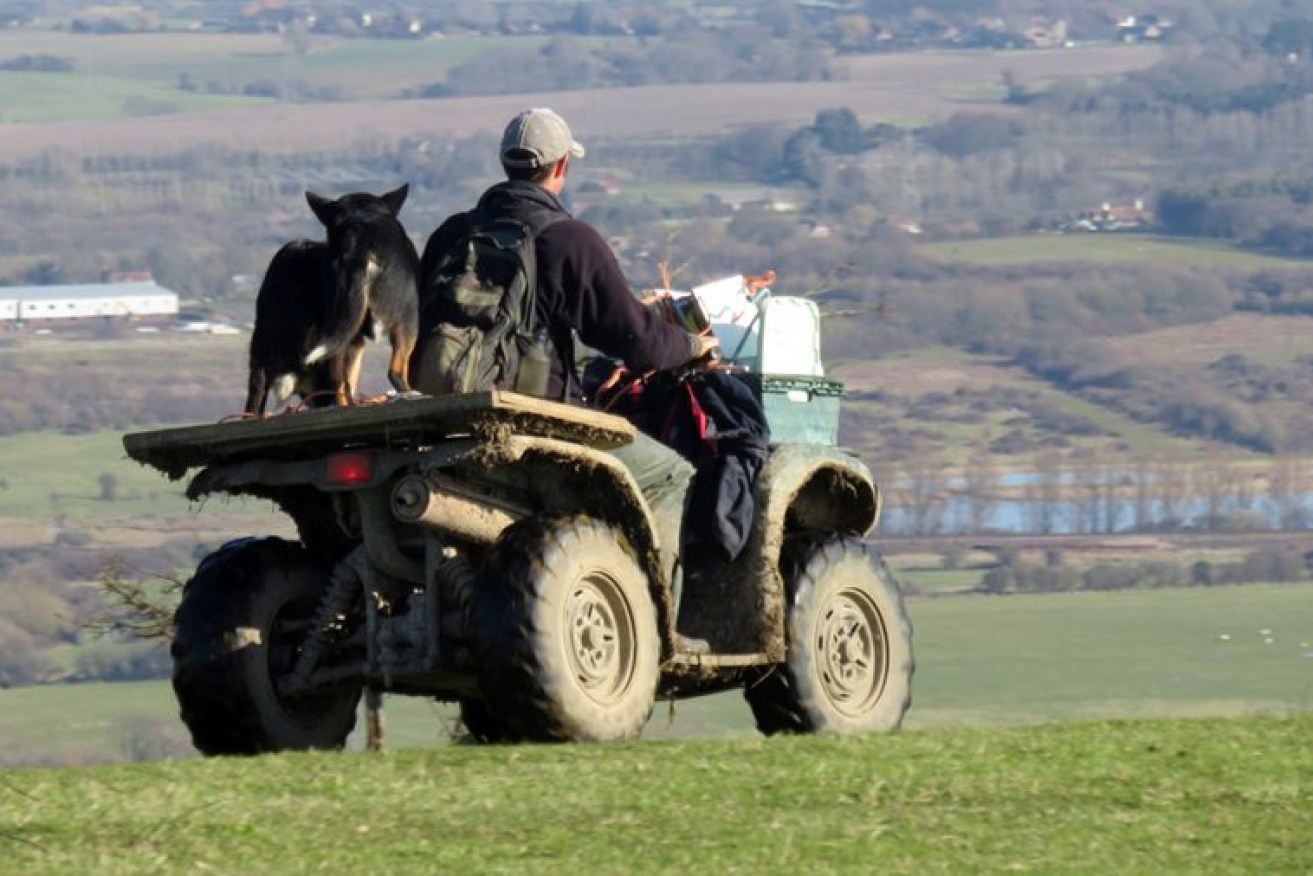Down on the farm: Confidence plummets among Qld’s farmers
Only one in ten Queensland farmers are feeling good about the agricultural economy, a drop of 14 per cent since the last quarter.


(File image).
The plummeting confidence has also been met with more farmers anticipating business conditions will decline, up from 26 per cent last quarter to 40 per cent. Those expecting conditions to remain the same stood at 49 per cent, a drop from 55 per cent last quarter.
Softening commodity prices, rising interest rates and dry seasonal conditions in some areas of the State are to blame for the declining outlook, according to latest Rabobank’s quarterly survey of rural confidence.
While three wet La Nina seasons have left many parts of Queensland still covered in grass and water, other areas, particularly in southern Queensland had missed summer rain.
Consistent forecasts that Australia’s eastern states will enter a dry El Nino phase this year, are reflected in the sentiments of beef producers, with 40 per cent of those surveyed, an increase of 18 per cent, saying they expect business conditions to decline this year.
Rabobank regional manager for North Queensland and the Northern Territory Trent McIndoe said the easing of cattle prices in recent months would also have contributed to the decline in optimism.
McIndoe said confidence had remained stable among the state’s grain growers, with sentiment helped by last year’s wet spring and early summer that had delivered “a good but diminishing” soil moisture profile across much of the eastern Darling Downs.
However, grain growers in areas west of Goondiwindi missed out on much of the summer rainfall, he said.
The slump has hit cotton growers hard, with the majority surveyed reporting a pessimistic outlook on the year ahead, expecting conditions in the agricultural economy to decline.
When the last survey was completed late last year, no cotton producers held that view.
“The prospect of falling commodity prices and high inputs are the chief concerns within the Queensland cotton sector,” McIndoe said.
He said cotton production was on track in southern Queensland, after experiencing cooler conditions that led to a slow start to the season. But the warmer conditions throughout February started to drive improved crop development.
“Dryland acreage in southern Queensland will be looking for rainfall soon, although there are reports of the most recent weather system offering varying levels of relief to some of those producers,” he said.
Sentiment among the state’s sugar producers has lifted slightly this quarter with nine per cent of producers anticipating improved agribusiness conditions in the 12 months ahead (previously three per cent).
But the sector is still taking a pessimistic outlook, with 45 per cent expecting conditions to decline (albeit down from 53 per cent last survey).
Despite the confidence dent, investment appetite among the state’s producers remains relatively stable, with 21 per cent expecting to increase investment in their enterprises in the coming 12 months, similar to last quarter.
However, the number planning to reduce investment has risen from nine per cent last quarter to 15 per cent this survey.
Of those Queensland producers intending to increase expenditure on their business, the main investment plans include on-farm infrastructure (nominated by 81 per cent), purchasing additional livestock (52 per cent), adopting new technology (46 per cent), and irrigation/water infrastructure (42 per cent).
McIndoe said there was still a desire among producers to invest money back into their existing farming businesses.
“But Queensland producers are still finding it challenging to access the physical materials required for their on-farm infrastructure plans – there continue to be lengthy delays for the delivery of materials and machinery,” he said.
The latest survey found demand for purchasing property to expand farming operations has declined since last quarter – with 21 per cent of those Queensland producers planning to increase their business investment indicating they were looking to purchase property, a decrease from 28 per cent last quarter.
“While demand has eased slightly, there is still strong interest in investing in agricultural properties,” McIndoe said.
“That said, the volume of properties coming to market is certainly a lot lower than recent years.”








